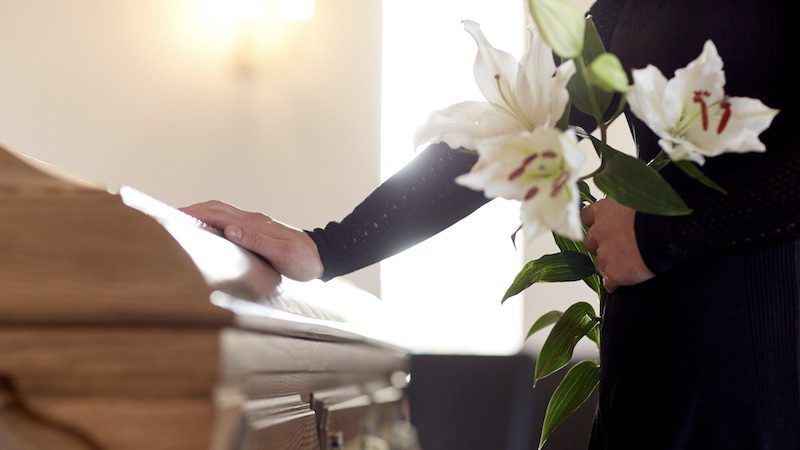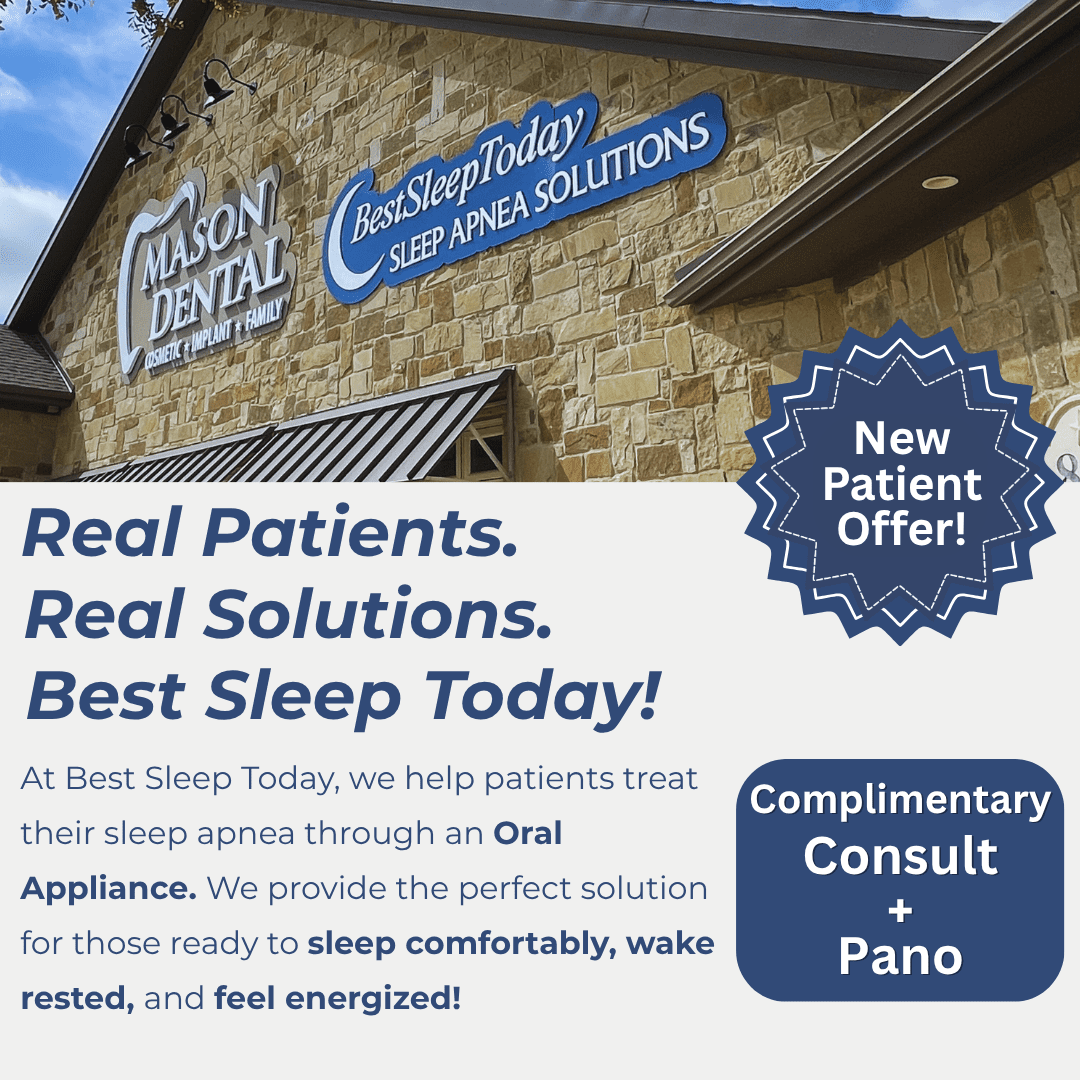The following story has been edited and abbreviated for HIPAA reasons
Jason was a normal, healthy young man living in North Texas. As many other young adults do during the week, he went to bed one night thinking about anything other than the possibility of not waking up the next morning. He had been diagnosed in the past with obstructive sleep apnea (OSA) and his doctor had recommended a CPAP machine, but that was something for old people, right?
Jason was found deceased by his family the next morning. He had passed away in his sleep due to aspiration, a blockage of his upper airway. While his body may have tried to warn him in the past by snoring or gasping awake, this time it didn’t work.
The devastation, the confusion, the “what if’s” for his family, and many other families around the country are becoming all too common. It is estimated that millions of Americans are living with undiagnosed OSA, and that thousands pass away every year from sleep apnea or OSA-complicated heart conditions. Tragically, Jason took the same approach that so many other Americans do with a sleep diagnosis: he ignored it.
The Hidden Threat of Untreated OSA
Jason’s case is heartbreaking, but it’s not a freak accident. OSA causes repeated pauses in breathing during sleep—leading to drops in blood oxygen and disrupted rest. Over time, untreated OSA increases the risk of high blood pressure, heart disease, stroke, diabetes, and, in severe cases, death. It also brings daytime sleepiness that can lead to lack of focus, an increase in anxiety or depression, and even accidents on the road or at work.
Why Can’t Some People Breathe in Their Sleep?
Normally, the muscles supporting the throat relax during sleep. With sleep apnea, these muscles collapse inward, narrowing or blocking the airway. Factors like the size of your tonsils, uvula, tongue, and how much excess tissue is present can combine to obstruct your airway even further. This leads to repeated apneas or hypopneas—sometimes hundreds per night—causing oxygen levels to fluctuate and straining the body. The results can manifest themselves in a number of ways, including snoring, gasping or choking, morning head aches, lack of energy or focus, anxiety, depression, heart disease, and much more.
A Solution Right at Your Fingertips: Oral Appliance Therapy
For those with mild to moderate OSA—or those who can’t tolerate CPAP—oral appliance therapy offers a safe, simple alternative.
- What it is: A dentist-fitted mouthpiece that gently advances the lower jaw (mandible) to keep the airway open during sleep
- Why it works: By holding the jaw forward, it prevents soft tissues from collapsing into the airway. It’s non-invasive, quiet, portable, and easy to use—and often more comfortable than CPAP.
- Evidence speaks: Studies show that for many patients with mild to moderate OSA, oral appliances can significantly improve sleepiness, quality of life, and even blood pressure. One analysis found an average 66% reduction in the apnea-hypopnea index (AHI)—a major measure of OSA severity.
What Could Have Saved Jason?
Many people, like Jason, don’t realize how serious these symptoms, or even a diagnosis, can be. We work with a network of primary care physicians, wellness clinics, therapists, neurologists, and the VA to recognize the warning signs in patients and get them the simple and effective treatment they need.
We work hard every day to save lives, and while we have changed the lives of many patients in North Texas, we know there are countless more to reach.
Here’s how it works:
- We welcome all new patients to the practice with a complimentary consultation.
- A sleep study triggers a diagnosis.
- Dr. Mason and our team will create a custom appliance that fits precisely to your mouth and bite.
- Nightly wear keeps your airway open, improving oxygen levels and sleep quality.
- Follow-up care adjusts the device for comfort and dental health.
In as little as a few nights, many patients notice dramatic benefits—snoring quiets, energy returns, and partners sleep better too.
A Call to Action
- Recognize the signs—snoring, choking at night, frequent bathroom visits, daytime fatigue, and mood changes are red flags.
- Don’t delay—diagnosis and treatment are straightforward and covered by many insurance plans.
- Choose wisely—for those who struggle with CPAP, oral appliances offer one of the most effective alternatives available.
Jason’s story is a powerful, painful reminder: sleep apnea isn’t just disruptive—it can be deadly. But it doesn’t have to be.
If you—or someone you love—are struggling with snoring, tiredness, or breathing pauses at night, schedule a consultation with a sleep dentist today. It could be the step that saves a life—maybe your own.



